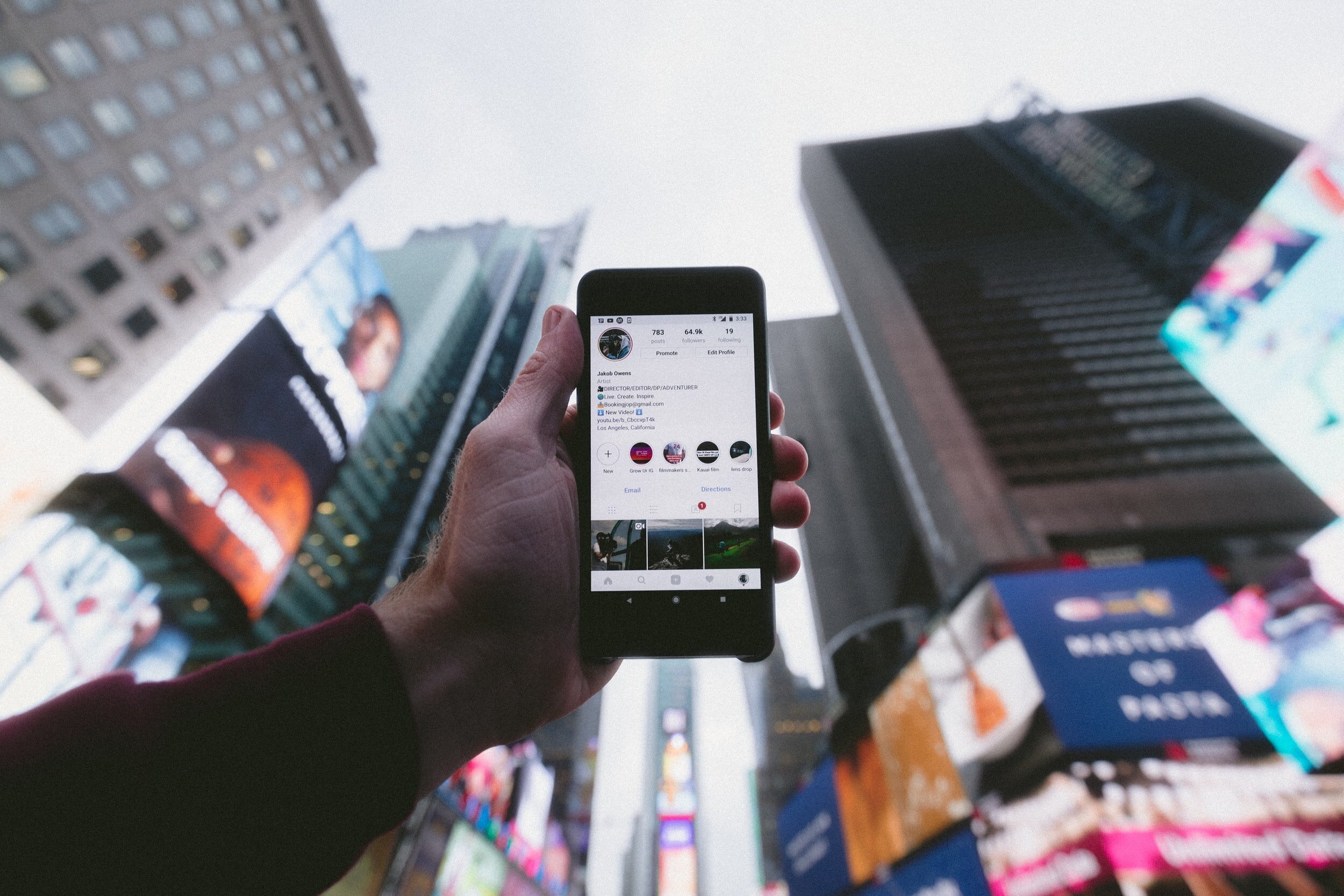Which is better: UGC or IGC?
So let’s uncover which route you should go down when it comes to UGC or IGC
Both UGC (user-generated content) and IGC (influencer-generated content) are extremely useful marketing tools when it comes to promoting your brand, product or service. So, how do you know which is best for your business?
The world of influencer marketing is mind boggling. Nano-influencers, micro-influencers, mega-influencers, the list goes on! For over ten years, influencers have been the creme de la creme of social media marketing. However, with the rise of apps such as TikTok producing more authentic content, is UGC the new way to go?
There's more choice nowadays for everything than there ever has been - brands have to fight for customer loyalty as the consumer can be extremely selective when it comes to choosing which brands they support. Therefore, it is more important than ever to create a brand that consumers trust - and want to give their money to!
Macro and mega-influencers with huge followings will of course be great for brand awareness. However, current marketing strategies are edging more towards a C-to-C (consumer to consumer) relationship - making User Generated Content (UGC) your new best friend.
According to Forbes, 92% of consumers trust UGC over traditional advertising. This type of content is more raw and authentic, making the featured product or brand appear more relatable. It may sound archaic, but ‘word of mouth’ is still one of the most powerful marketing tools - and UGC is essentially a digital version of ‘word of mouth’.
Having said that, influencers are by no means redundant to your marketing strategy. Studies show that 46% of social media users have bought into a brand after seeing an influencer post about it.
However, both UGC and IGC play an important role in marketing your brand. UGC will increase the consumers' sense of trust in the brand, however, reach will never be as high. IGC on the other hand will increase your reach, and leads will most likely be of a much higher quality.
Tailoring your content strategy around your objective
Let’s look at luxury brands for example. They may not see value in influencer led TikTok content as their demographic - those that can afford to splash out on their products - are not as prevalent on the platform. However, an argument could be made that in terms of brand awareness within the luxury space, aspiration should never be overlooked.
Working with a select group of content creators that would represent a brand well on TikTok would likely increase the amount of eyes seeing their content and in turn make it THE aspirational brand of TikTok’s demographic; whilst they may not be purchasing the brand’s products immediately, if the exposure is there with content they can relate to and trust, purchasing or consuming from the brand could take place in the future.
Using influencers to drive your marketing strategy
Once upon a time, working with influencers was a very cost effective marketing tool - nowadays though, it can involve significant investment if you want to reap the rewards. However, the exposure gained from influencer content, particularly when coupled with a clever paid social strategy, can be remarkable.
Utilising influencer content in the awareness stage of the funnel and then retargeting the audience with more polished creative at the bottom of the funnel when you want them to convert, could be the answer.
Or alternatively, awareness could be raised with polished content in the top or middle of the funnel with influencer content served at the bottom of the funnel to increase trust in the product. (It is worth noting however, that clauses in any contract drawn up between a brand and its influencers should include the use of their content with paid media, as this is something that often needs to be negotiated.)
Back to UGC and how it can work for you
UGC can be used at all stages of the funnel, however is usually more prevalent at TOF or MOF as you are warming your leads, building trust and educating your audiences. UGC is a tried and tested method when it comes to teaching new audiences about your product as it’s deemed more trustworthy.
When looking at a UGC strategy also, you have to consider whether your brand or product is able to generate the quantities of UGC you need. It’s obvious that FMCG brands or user experience brands will be able to generate larger quantities of UGC than pharmaceutical brands for example. Consider the user journey of uploading and sharing content. How can you help generate it? What incentives will you give them? Are people already sharing content? Who will contact users to seek permission to repurpose it?
Like with everything social, there are a lot of variables and a lot of things to consider. It’s something we do daily. A dedicated social media agency can help form your content strategy and advise you on what the best course of action should be and then execute it, with you safe in the knowledge that all the hard work is being done for you.
Speak to us today to find out more
































